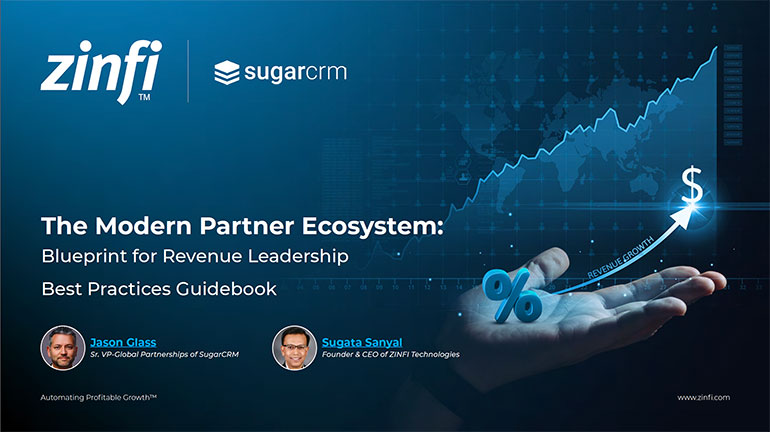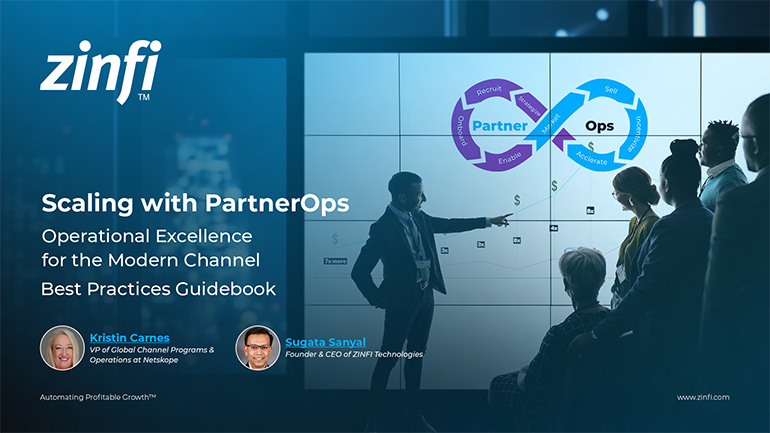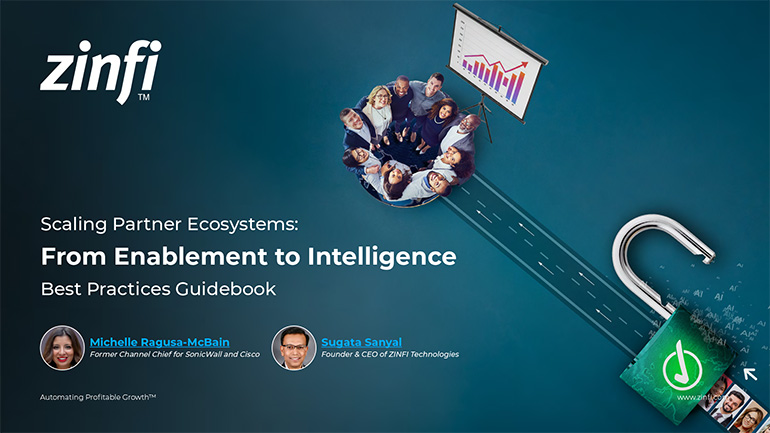Best Practices Articles

Social Syndication – A Great Way To Expand Your Social Selling Reach
The process of selling has changed, because the process of buying has changed. No longer do we wait for our phone to ring and to be interrupted by a pushy telesales or telemarketing person, or expect to find out about a product through advertising; today we proactively search for what want to buy. This change in the selling process has given social syndication a key role in helping organizations to get the word out through a network of followers rather than randomly hoping to gain results from interrupting someone. This is the new age of social selling, which requires a new and differentiated approach using social syndication capabilities.
It’s worth spending a few minutes defining what social syndication is before discussing how you can deploy it across your organization to drive more sales.
When social media erupted onto our desktops about a decade ago, most of us thought of it at most as a way to share family photos and amusing videos of cats. However, organizations like LinkedIn, SlideShare and a few others had a different goal in mind: serving business users in a very different way. While groups in Yahoo and other sites were already in existence, allowing professionals to exchange ideas, thoughts and peer reviews, there was no single unified platform available to promote the YOU brand - the brand that most deeply matters to most of us.
Sharing a cool cat photo is entertaining, but sharing a high impact article with the potential to influence many people’s professional development is a more important opportunity to grow awareness. Social syndication plays to this intrinsic desire for professional growth by its core proposition of tribal or community enhancement: sharing of content that is relevant to individuals sharing common goals. The reason I use the word “tribe” is because the majority of social anthropologists are in agreement that many of our behaviors in social media - the need to share, self reflect, boast or display humility to a group - are a true reflection of who we are as humans, whose ability to feel alive and satisfied with our lives rides on our intrinsic need to connect and communicate.
This innate human need creates a unique opportunity for sales people to move from an intrusive or interruptive telemarketing process, which is an innately negative experience, to a more needs-fulfillment based approach. This takes the fundamental premise that a buyer only buys what he or she (knows) they need. It follows that, before steps are taken to procure anything, the natural first part of any buying process is research, in the quest to understand what would solve someone’s needs = problems. Content marketing plays a huge part in meeting this need to understand before purchase, and a well-constructed social syndication engine can work wonders in satiating this need and, therefore driving sales.
How do today’s social syndication capabilities work? The ability to distribute relevant content, to anticipate and answer questions from potential prospects, and scale to a national or global level, can be met by a scalable and flexible social syndication engine. To meet these criteria, the core components of any social syndication engine should be as follows:
- Connection to existing social content- Most organizations today have multiple social channels through which they distribute content to their target audiences. However, the ability to auto connect to an existing stream of content, and then to amplify it via a distributed network, is a critical part of building your audience. It is not practical for all sales channels (direct or indirect) to create original, primary content, but with access to social syndication streams both direct sales teams and channel partners can distribute content easily and effectively.
- Access to a social syndication network- Any organization may have a few thousand followers through corporate social networks, but when you multiply those by tapping into the networks of direct or indirect sales teams, the reach and the power of communication amplifies exponentially. Surprisingly few companies are using this capability effectively today. For far-sighted marketers, this is an exciting opportunity for differentiation and growth.
- Prioritizing content streams- Social syndication first and foremost needs to focus on providing reader value and interest, and then prioritizing content that enhances the relationship between the organization and its buyers. The objective of social syndication is not to stream irrelevant information just for the sake of publishing something. Each stream must be thoughtful, add value and enhance the brand experience.
- Tracking metrics and ROI- The primary benefit of social syndication is to expand the distribution and reach of valuable content that already exists within an organization. But you need to have a good idea about how much you can expand your distribution, how your reach is growing and what content has most impact within which channel (direct or indirect). Metrics and ROI are often the last but always the most important steps of any good social syndication platform as they allow an organization to focus its communication strategy around what readers are responding to - and get rid of what is not working.
Content marketing is evolving rapidly and is now a critical enabling factor in the sales process. As a result, the deployment of social syndication is growing rapidly and offers high potential to deliver competitive advantage for all organizations who want to engage early with their buyers through a relationship network, spread their message quickly and, most importantly, maintain superior mind-share at the very early stages of the buying process.
Best Practices Guidebook
 The Channel Sales Playbook: Skills, Strategy, and Growth
The Channel Sales Playbook: Skills, Strategy, and GrowthDownload for FREE
 Blueprints for Vertical Success Best Practices
Blueprints for Vertical Success Best PracticesDownload for FREE
 The Future of Partner Enablement: From Enablement Gaps to Global Advantage
The Future of Partner Enablement: From Enablement Gaps to Global AdvantageDownload for FREE
 Reimagine Sales Development. Build a Smarter Prospecting Engine
Reimagine Sales Development. Build a Smarter Prospecting EngineDownload for FREE
 The Zero Trust Imperative: Fortifying Enterprise Security Against AI-Driven Threats
The Zero Trust Imperative: Fortifying Enterprise Security Against AI-Driven ThreatsDownload for FREE
 PartnerOps Excellence: The Definitive Guide to Scalable SaaS Ecosystems
PartnerOps Excellence: The Definitive Guide to Scalable SaaS EcosystemsDownload for FREE
 The Modern Partner Ecosystem Best Practices
The Modern Partner Ecosystem Best PracticesDownload for FREE
 Partner Marketing Reimagined: Strategies for Agile, Insight-Led Growth
Partner Marketing Reimagined: Strategies for Agile, Insight-Led GrowthDownload for FREE
 Scaling with PartnerOps Best Pratices
Scaling with PartnerOps Best PraticesDownload for FREE
 Leading with Partner Programs Best Pratices
Leading with Partner Programs Best PraticesDownload for FREE
 The Partner-First Blueprint: Scaling Trust, Intelligence, and Ecosystem Growth
The Partner-First Blueprint: Scaling Trust, Intelligence, and Ecosystem GrowthDownload for FREE
 Unlock Scalable Growth with The Partner Marketing Growth Blueprint
Unlock Scalable Growth with The Partner Marketing Growth BlueprintDownload for FREE
 From TikTok to LinkedIn: Social Selling Across the Generational Divide
From TikTok to LinkedIn: Social Selling Across the Generational DivideDownload for FREE
 Scaling Partner Ecosystems: From Enablement to Intelligence
Scaling Partner Ecosystems: From Enablement to IntelligenceDownload for FREE
 The Ultimate Guide to Partner Marketing Success Best Practices
The Ultimate Guide to Partner Marketing Success Best PracticesDownload for FREE
 How to Start and Scale Partner Ecosystems Best Practices
How to Start and Scale Partner Ecosystems Best PracticesDownload for FREE
 The Evolution of PartnerOps: Past, Present & Future Best Practices
The Evolution of PartnerOps: Past, Present & Future Best PracticesDownload for FREE







